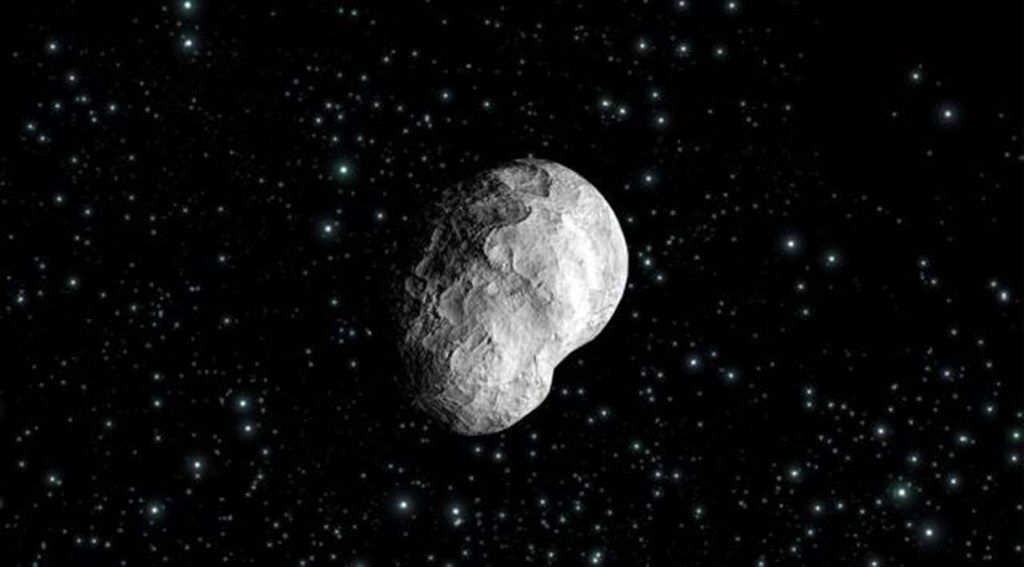With an aim to spread public awareness about the dangers of asteroid strikes and measures needed to counter them, World Asteroid Day is celebrated every year on June 30. Notably, asteroids are celestial rocks that are smaller than planets and revolve around the sun just like them. They are also the leftovers from our solar system.
Significance and importance
These asteroids are both smaller and larger in size, varying from 10 metres to 540 km in diameter. It was in 2016 that the United Nations General Assembly (UNGA) first came up with the idea to celebrate June 30 each year as World Asteroid Day. This day was chosen as a remembrance of the Tunguska asteroid’s impact on Siberia on June 30, 1908. A proposal was submitted by the Association of Space Explorers to submitted the day to designate the day as World Asteroid Day. The proposal was accepted by the Committee on the Peaceful Uses of Outer Space (COPUOS).
Also read: Lunar mining to become reality? NASA unveils big plans, to develop resources for water, Oxygen
Notably, the day is observed to prepare our planet Earth for any impact of asteroids. As per scientists, asteroids that have been discovered so far have only a few have been discovered while hundreds of them are yet to be found.
The United Nations, on its website, has given the detailed work of the International Asteroid Warning Network (IAWN). As per it, IAWN focuses on strategies abd helps governments across the world in analysing asteroid impacts and plan strategies. Importantly, the Space Mission Planning Advisory Group (SMPAG) works on developing technologies needed for near-Earth Object deflections.
The Asteroid Foundation will celebrate the day this year on June 30 and July 1 in Luxembourg. The foundation will look to educate the masses on asteroids and space.
Upcoming Astroid
According to NASA, Astroid 2023LG2 is expected to come close to earth on July 1, 2023, at a distance of 2.1 million kilometres. It is racing towards earth at a speed of 9933 kilometres per hour. It is 80 feet wide and can be compared with small aircraft.


